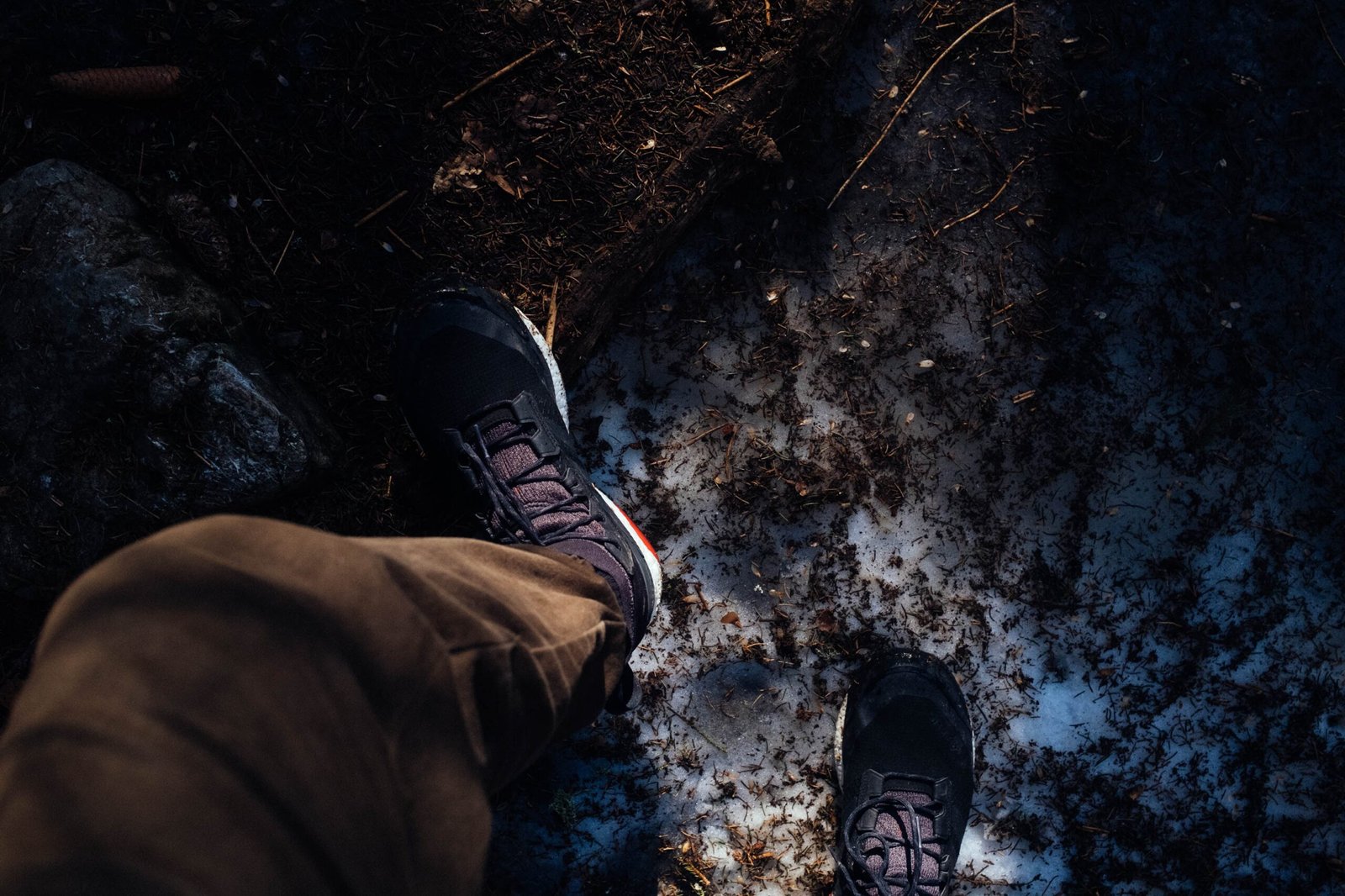In the realm of outdoor adventures, where every step counts, the choice of footwear can make a world of difference. Enter minimalist footwear, a game-changer that has taken the hiking and running communities by storm. These shoes, characterized by their lightweight construction, flexible soles, and wide toe boxes, offer an unparalleled experience that redefines comfort, agility, and connection with nature.
Benefits of Minimalist Footwear for Outdoor Activities
The benefits of minimalist footwear for outdoor activities are undeniable. Let’s delve into the key advantages that make these shoes a must-have for outdoor enthusiasts:
Enhanced Comfort:
Minimalist footwear is designed to provide exceptional comfort, allowing you to conquer trails with ease. Their ergonomic design conforms to the natural shape of your feet, eliminating pressure points and hotspots. The wider toe boxes give your toes ample room to spread and flex, promoting natural foot movement and reducing fatigue.
Increased Agility:
With minimalist footwear, you’ll experience a newfound agility on uneven terrain. The flexible soles allow your feet to move naturally, enhancing your balance and coordination. You’ll feel more connected to the ground, enabling you to navigate technical trails with confidence and precision.
Enhanced Ground Feel:
Minimalist footwear offers an unparalleled sensory experience, allowing you to feel the ground beneath your feet like never before. This heightened awareness enhances your overall outdoor experience, providing a deeper connection with nature and a more immersive adventure.
Choosing the Right Minimalist Footwear
Selecting the right minimalist footwear for your outdoor activities is crucial. Consider these key factors to ensure a perfect fit and optimal performance:
Key Factors to Consider:
When choosing minimalist footwear, several factors play a vital role:
- Terrain: Consider the type of terrain you’ll be navigating. Rugged trails require shoes with more support and traction, while smoother paths allow for greater flexibility.
- Activity Level: Your activity level also matters. If you’re a serious hiker or runner, opt for shoes designed for high-impact activities. For casual walks or light trails, a more flexible option may suffice.
- Personal Preferences: Ultimately, your personal preferences matter. Some people prefer a snug fit, while others prefer a roomier toe box. Try different styles and brands to find the perfect fit for your feet.
Types of Minimalist Footwear:
There are various types of minimalist footwear available, each with its own unique features and suitability for specific activities:
- Trail Running Shoes: Designed for off-road adventures, trail running shoes offer a balance of cushioning and support, along with aggressive tread patterns for enhanced traction.
- Hiking Boots: For more challenging terrain, hiking boots provide additional ankle support and protection. They often feature stiffer soles and more durable construction.
- Sandals: In warmer climates or for water activities, minimalist sandals offer a lightweight and airy option. They provide excellent breathability and allow your feet to move freely.
Tips for Transitioning to Minimalist Footwear:
Transitioning to minimalist footwear requires a gradual approach to prevent discomfort or injury:
- Start Gradually: Begin by wearing minimalist shoes for short walks or runs. Gradually increase the distance and intensity over time to allow your feet and muscles to adapt.
- Listen to Your Body: Pay attention to your body’s signals. If you experience pain or discomfort, take a break and reassess your footwear or activity level.
- Strengthening Exercises: Incorporate foot and ankle strengthening exercises into your routine to improve muscle strength and stability.
- Proper Foot Care: Take care of your feet by keeping them clean and dry. Use moisture-wicking socks to prevent blisters and maintain good foot hygiene.
Common Misconceptions and Concerns
There are some common misconceptions and concerns associated with minimalist footwear that we need to address:
Addressing Myths:
- Increased Risk of Injury: Contrary to popular belief, minimalist footwear does not inherently increase the risk of injury. In fact, studies have shown that minimalist shoes can reduce the risk of certain injuries, such as plantar fasciitis and shin splints, by promoting a more natural gait.
- Lack of Support: Minimalist footwear provides adequate support for most outdoor activities. The flexible soles allow your feet to move naturally, while still providing enough cushioning and stability to protect your feet from impact.
Overcoming Challenges:
Transitioning to minimalist footwear may come with some initial challenges:
- Muscle Fatigue: Initially, you may experience muscle fatigue in your feet and calves due to the increased flexibility of minimalist shoes. Gradually increasing your activity level and incorporating strengthening exercises can help overcome this.
- Discomfort: Some people may experience discomfort during the transition period. This is often due to improper fit or wearing shoes for activities that are too strenuous. Ensure a proper fit and start with low-impact activities to minimize discomfort.
Conclusion
Minimalist footwear has revolutionized the way we experience outdoor adventures. By embracing the comfort, agility, and enhanced ground feel that minimalist shoes offer, you can unlock a new level of connection with nature and elevate your outdoor experiences. Take the first step towards a transformative journey, and let minimalist footwear guide you through the trails with renewed confidence and joy.
Share your experiences with minimalist footwear in the comments below. What benefits have you noticed? What challenges did you face during the transition? Let’s create a community of outdoor enthusiasts who embrace the minimalist footwear revolution!

